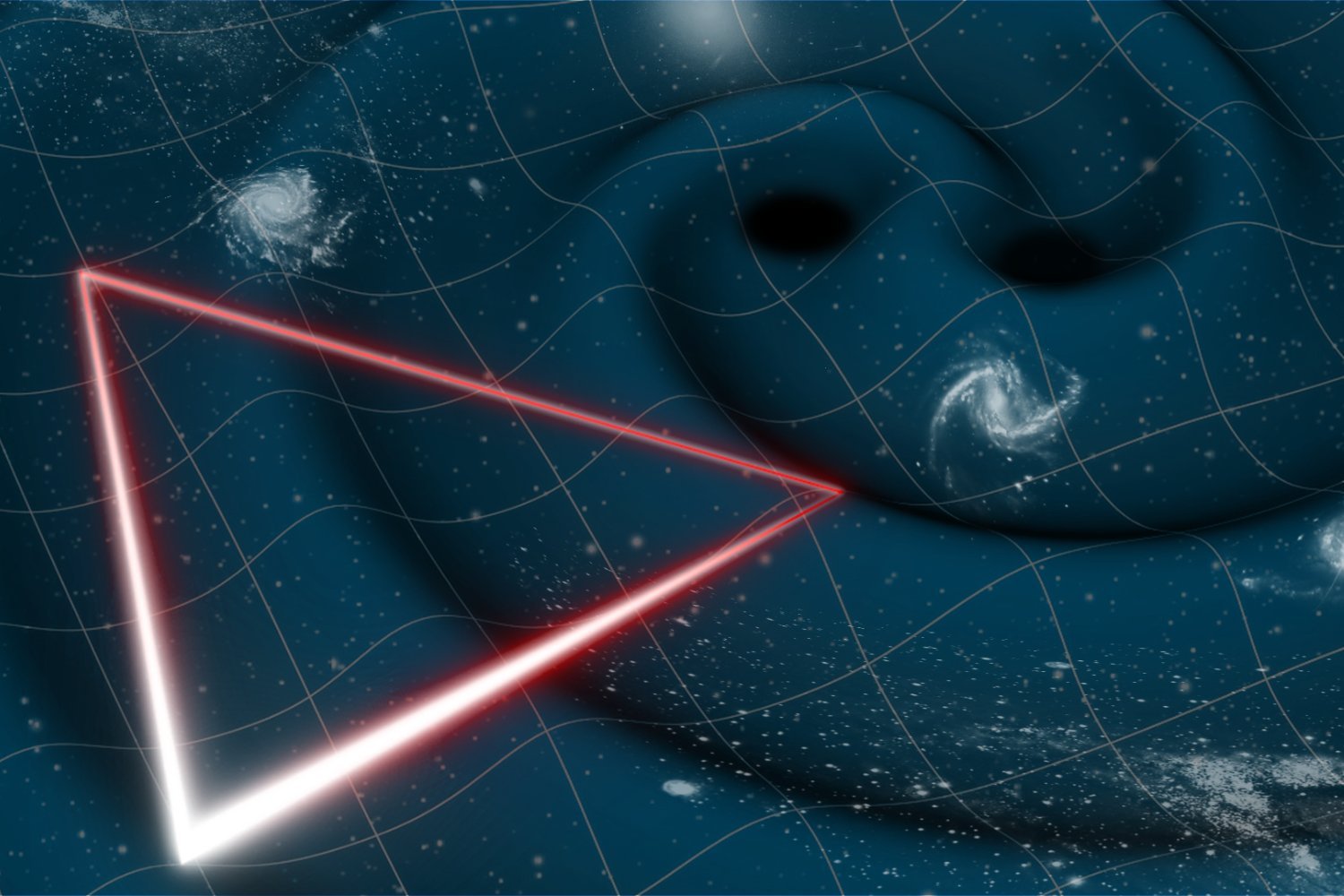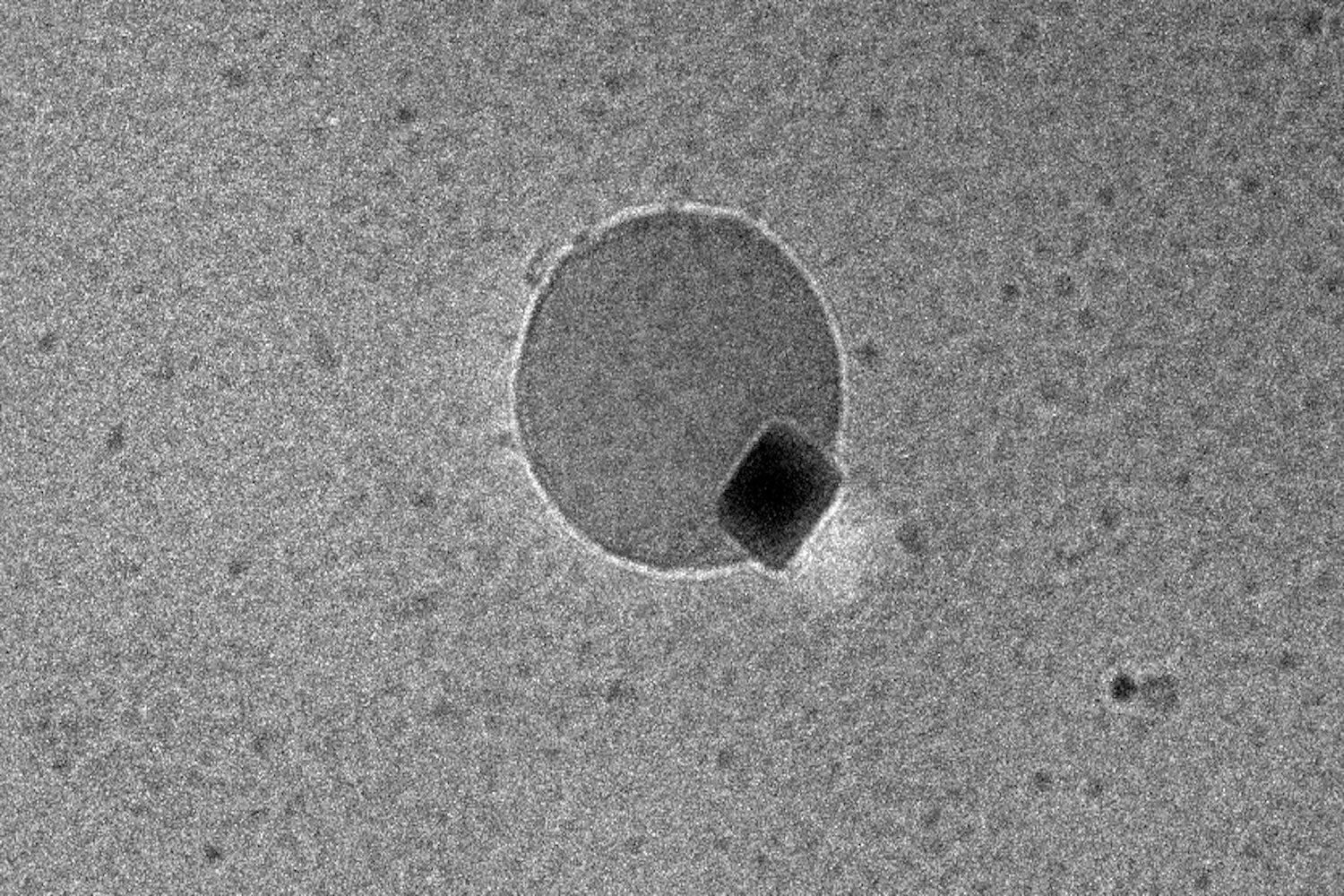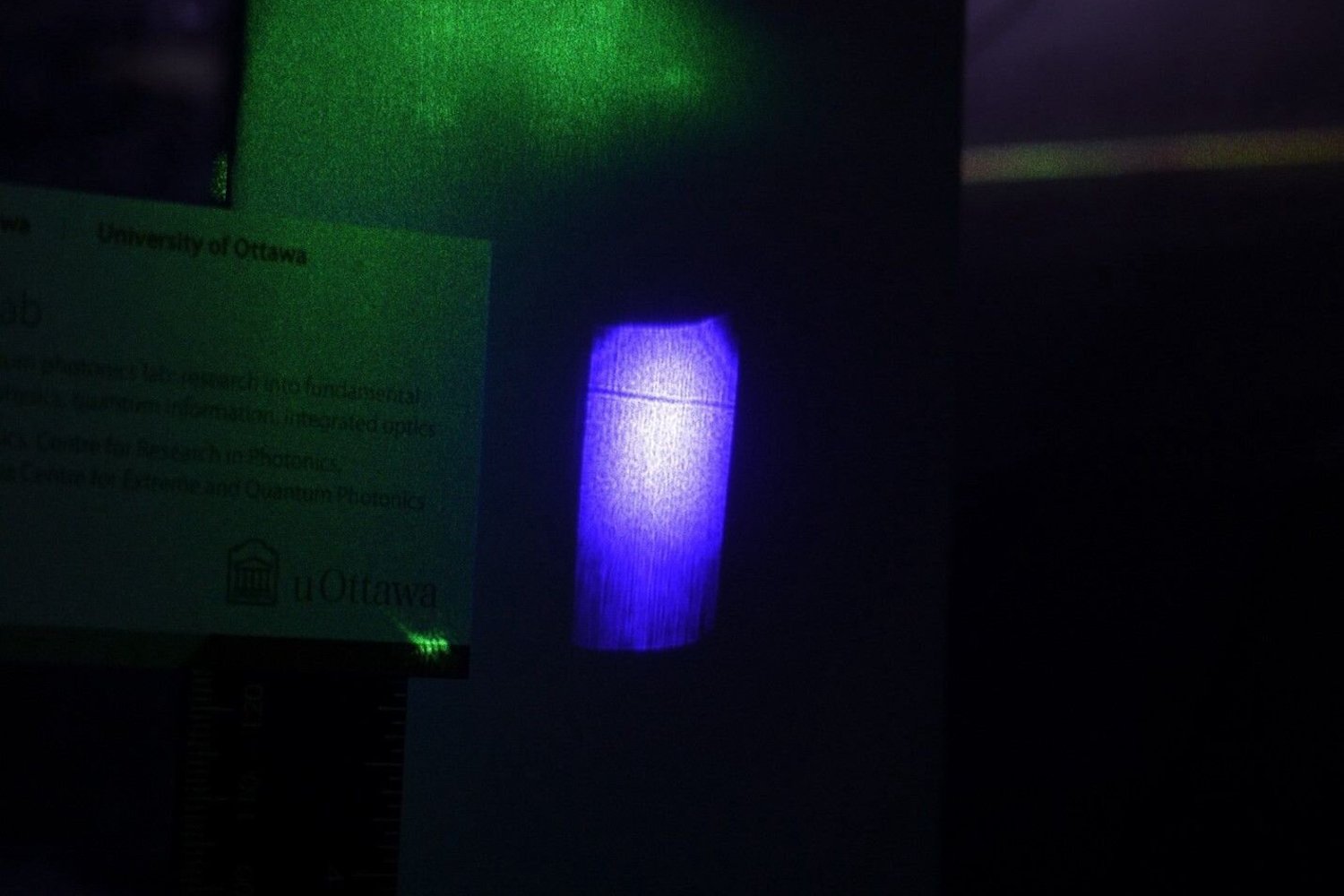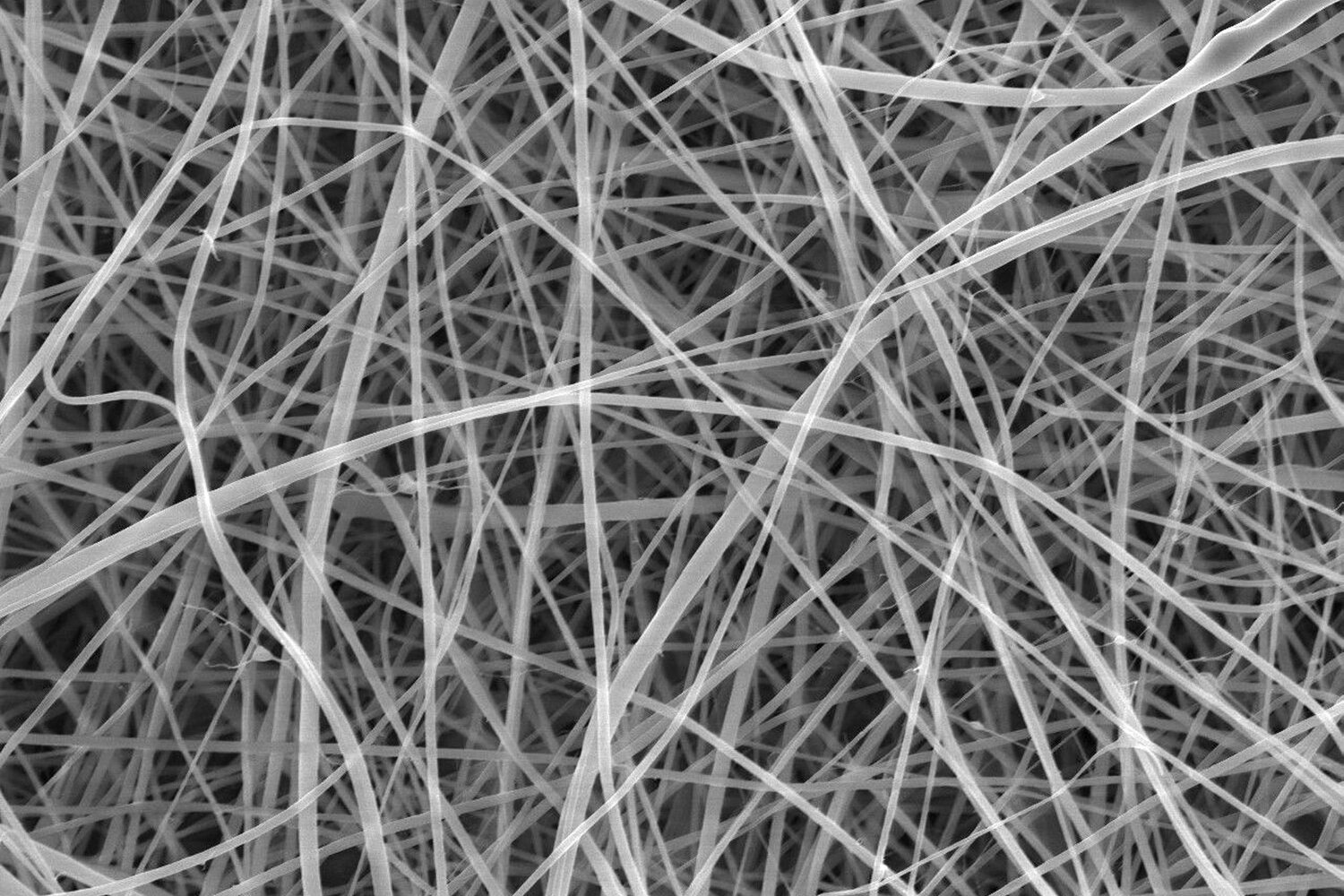Static electricity, a phenomenon observed for millennia, is finally yielding some of its secrets to scientific inquiry. From the ancient Greek philosopher Thales of Miletus observing the attraction between fur and dust to modern-day scientists exploring its role in the natural world, static electricity has long captivated our curiosity. A new study from Northwestern University offers a compelling explanation for why rubbing often induces this intriguing phenomenon.
The familiar scenario of a balloon rubbed against hair, causing strands to defy gravity, exemplifies the basic principle of static electricity. The rubbing action transfers electrons between the two materials, leaving one positively charged (hair) and the other negatively charged (balloon). The resulting difference in charge creates an attractive force, leading to the visible interaction. A similar process explains the small shock experienced when touching a metal doorknob after shuffling across a carpeted floor in socks. However, the underlying mechanisms of static charging, especially when involving identical materials, have remained elusive until recently.
A 2019 study by Northwestern University researchers revealed that rubbing two materials together can induce tiny surface deformations, creating voltage. Building upon this discovery, the team, led by Professor Emeritus Laurence Marks, has now elucidated the precise mechanism connecting rubbing and static charging. Their research, published in Nano Letters, highlights the role of elastic shear, a material’s resistance to sliding.
The team argues that friction, amplified by elastic shear, causes uneven deformations at the front and back of an object, generating opposing charges. This charge difference facilitates static electricity, similar to how varying air pressure above and below an airplane wing generates lift. “For the first time, we are able to explain a mystery that nobody could before: why rubbing matters,” Marks stated in a university press release. Their novel model accurately calculates electrical current, aligning with experimental results across diverse scenarios.
This breakthrough provides a significant step forward in understanding static electricity. While the hypothesis doesn’t encompass every instance of static charging, it offers a compelling explanation for many, including those involving identical materials. Further research is needed to validate these findings and explore the remaining complexities of this ubiquitous phenomenon.
This new understanding underscores the enduring presence of everyday mysteries in science, reminding us of the vast potential for discovery and the continuous journey towards a deeper comprehension of the world around us.











